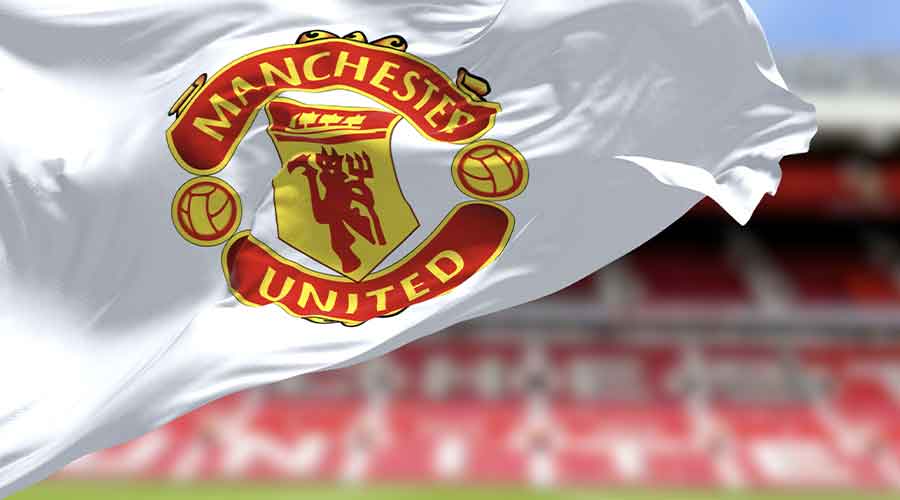Why Are Manchester United Called ‘The Red Devils’?
From Humble Beginnings
Manchester United. A name that reverberates through the world of football, echoing stories of victory, loss, resilience, and most significantly, a devilish spirit! Yes, you heard it right. We’re about to delve into the legend of the ‘Red Devils.’ But first, let’s take a quick detour through the club’s early history.
Founded as Newton Heath LYR Football Club in 1878, the team was initially a recreational outlet for railway workers. The club, affectionately known as ‘The Heathens’, meandered through different leagues and financial struggles until 1902, when it metamorphosed into the club we now know as Manchester United.
The Birth of ‘Busby Babes’
Fast-forward to the 1950s, the club was flourishing under the stewardship of Sir Matt Busby. United’s visionary manager had a knack for nurturing young talents, earning his team the nickname ‘Busby Babes.’ This moniker stood for youthful exuberance, skill, and promise, personified by the likes of Duncan Edwards, Roger Byrne, and Tommy Taylor. Little did they know that a tragic event was looming around the corner.

The Munich Air Disaster: A Phoenix Set to Rise
In 1958, the Munich Air Disaster devastated the football world, leaving 23 people dead, including eight United players. The ‘Busby Babes’ were no more, and a black cloud of grief hung over the club. Sir Matt Busby, a survivor himself, was now faced with the daunting task of rebuilding his shattered team.
Enter the ‘Red Devils’
While United was picking up the pieces, a local rugby club, Salford, was basking in the limelight. Known as the ‘Red Devils,’ Salford’s squad had garnered this nickname in 1934 for their domineering performances in a French tournament.
In the wake of the Munich tragedy, United sought a new identity. Seeing Salford play at Old Trafford in November 1958, Busby was inspired. He felt that the ‘Red Devils’ label was more fitting for his reconstructed team – a name implying power, determination, and resilience. This was the birth of Manchester United, ‘The Red Devils.’
While United was picking up the pieces, a local rugby club, Salford, was basking in the limelight. Known as the ‘Red Devils,’ Salford’s squad had garnered this nickname in 1934 for their domineering performances in a French tournament.
The Resurrection and Evolution of a Legend
The transition from ‘Busby Babes’ to ‘Red Devils’ was more than just a name change. It marked a turning point in the club’s history, a symbol of rebirth from the ashes of the Munich disaster. Under the ‘Red Devils’ banner, the club reclaimed its glory, becoming the first English team to win the European Cup in 1968.
In 1973, the ‘Red Devils’ moniker was officially etched into the club’s legacy. The crest was revamped to feature a red devil, trident in hand, signifying the club’s resilient spirit. This devilish figure, known as ‘Fred the Red,’ is now the beloved mascot of Manchester United.
A Devilish Mascot: The Story of Fred the Red
The evolution of Manchester United’s identity would be incomplete without mentioning its mascot, ‘Fred the Red.’ This horned, trident-wielding character has been the face of the ‘Red Devils’ since his introduction in 1994. Just like the team he represents, Fred is a symbol of strength and character, his infectious grin serving as a beacon of joy for fans young and old. Fred’s cheerful disposition and playful antics are a reminder that while the game is fiercely competitive, the spirit of fun and camaraderie should never be lost.
A Global Phenomenon
‘Red Devils’ isn’t just a nickname anymore – it’s an international buzzword, a brand that proudly struts its stuff on the global stage. Feel free to take a look around. You’re bound to spot various pieces of Manchester United merchandise. The majority of it being stamped with the Red Devil and splashed in vibrant red and white. This symbol doesn’t just give the club a dash of uniqueness, it’s also a major player in making Manchester United one of the world’s most esteemed sports brands.
Conclusion
Starting life as ‘The Heathens,’ morphing into the ‘Busby Babes,’ and finally evolving into the ‘Red Devils,’ Manchester United’s transformative journey is a thrilling saga of change, resilience, and unyielding spirit. Nowadays, mention ‘Red Devils’ in a crowd, and folks instantly associate it with Manchester United, a brand that has etched its name onto the global consciousness, boasting an astounding 1.1 billion strong fanbase. This name is more than just a label; it’s a symbol of the club’s burning passion, the guts to stare down challenges, and the will to triumph over them. All these qualities make Manchester United a club that truly lives up to its devilish moniker.
